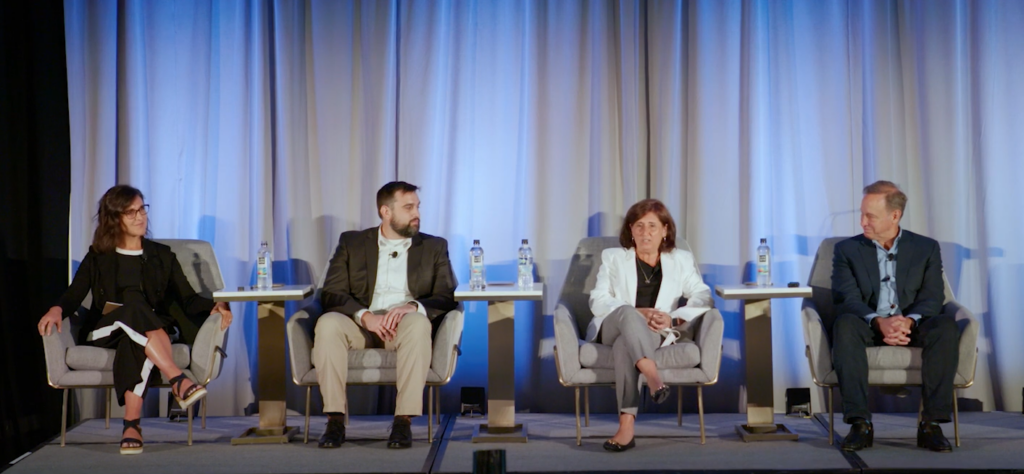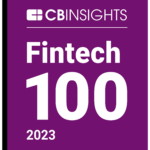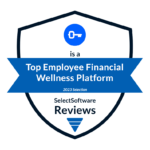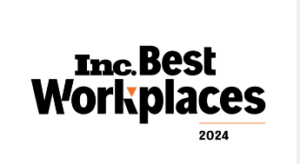With 70% of employees living paycheck to paycheck, it’s critical that employers find a way to effectively address and alleviate their financial stress.
It has downstream impacts on every other aspect of an employee’s life, including health, happiness, workplace productivity, and job burnout. Financial health is even the biggest determinant of life expectancy.
Many employers are attempting to address employee financial health using traditional approaches like retirement programs, financial literacy training, coaching, and financial planning. And many now realize these solutions are still not enough to move the needle on employee financial health.
But what is the alternative?
How can a benefits leader find a financial wellness solution that will be a fit for all employees, and deliver the meaningful outcomes and ROI that leadership expects?
That’s part of what we discussed at this year’s Be Well Conference in a session called “How Financial Care Drives ROI for Frontline Workers” with Brightside customers Ben Roberge, Director, Financial & Retirement Programs at Unum, and Cathy Stewart, SHRM-SCP, Director, Retirement Programs at a Fortune 10 employer. The session was moderated by Mindy Field, Minneapolis Business Leader at Mercer, and joined by our CEO and Co-Founder Tom Spann.
Read on and watch the short video at the end of the post to learn what Roberge and Stewart shared about the needs that led them to implement Brightside Financial Care as an employee benefit, and the results and impact they’ve seen since doing so.
Why does improving employee financial health require support that traditional approaches don’t offer?
Though Unum was providing employees with a number of traditional financial solutions, including a robust 401(k) plan, company match, webinars, and self-help resources, employees were self-reporting a desire for more (or different) financial support. “We assessed them [employees] constantly and they still mentioned financial wellbeing as one of their top stressors,” said Roberge.
Because budgeting, saving for the future, and emergencies were consistently three of the top five employee-identified stressors, the Unum team knew it needed to take a different approach to supporting employee financial health.
For the Fortune 10 employer, an organizational focus on social determinants of health (SDOH) and how to impact all the different factors that are part of SDOH led the team to consider a different approach, particularly for distribution center workers.
“You offer financial wellness and there is all this education out there, but someone has to sit down and watch the video. They have to learn it on their own, and then try to apply it,” said Stewart. “But they don’t have time, and they don’t do it. When we brought in Brightside, the difference was astronomical.”
What does focusing on financial wellness through Financial Care look like as a benefits leader?
All benefits leaders take a different approach to evaluating and selecting the solutions that will be part of their benefits offering.
At Unum, that process included a considerable amount of upfront research to see what types of financial wellness solutions were out there before they opened a competitive bid. Roberge explained that it was important that the financial wellness solution Unum chose wasn’t just a microsite or place for folks to go to get information on their own.
“It’s great, but in reality, that’s not going to move the needle on the care that we provide our employees. We were really looking for a service that would offer a human element where an employee could pick up the phone or schedule a time through an app and connect with a real person on the other side to go over whatever their need from a financial perspective,” said Roberge.
Unum also sought a partner that would be solely focused on improving the financial health of its employees, without ulterior motives. It was important to the team to find a partner that could understand employees’ needs, help them work through them, and take the next step to set up healthy financial habits.
“We also wanted someone who could integrate with our HR system,” said Roberge. Brightside checked all of those boxes.
How do you measure ROI and outcomes around Financial Care?
Despite that every company measures and looks at ROI differently, benefits leaders know just how important that part of the reporting process is, particularly when sharing results with senior leadership.
Measuring Brightside’s impact at Unum
Roberge explained that Unum’s strategy for measuring Financial Care outcomes and ROI typically involves two key factors:
- Employees are satisfied with the service and are getting what they need from it. Unum’s Net Promoter Score (NPS) for Brightside among employees who have engaged is 93; Roberge said this is “far and above” most NPS scores he’s seen.
- The ROI that is reported to leadership justifies the cost of the service. Unum employees who engage with Brightside are 50% less likely to leave the company than those who aren’t engaged. “There’s a real dollar cost to that. That metric alone is paying for the service,” said Roberge.
Roberge added that Brightside also reports metrics to let the Unum team know, on average, how much money employees who work with Brightside are saving compared to what their likely situation would be if they hadn’t used Brightside. For example, this number (reported as after-tax income or ATI), might consider how much the employee would likely continue to pay for high-interest loans if they didn’t find access to more competitive products or options through Brightside.
In addition, the Unum team has heard powerful stories about how Brightside has helped all their employees, across the entire employee base. “You can be financially sick at any income level; it’s not just lower-income employees,” said Roberge.
Measuring Brightside’s impact at a Fortune 10 employer
When Stewart’s team started looking at SDOH, they had several metrics they wanted to gather, ranging from the health literacy side to economic stability. “One measure we put in initially was to see a reduction in 401(k) hardship withdrawals because we knew people were taking them every pay period or every month just to subsidize their income. This tells us a story of how they are feeling financially,” said Stewart.
Since implementing Brightside, the Fortune 10 employer has seen:
- A 5% reduction in hardship withdrawals. “We were expecting to see a 2% or 3% reduction,” said Stewart.
- 76% reduction in turnover. Stewart shared that the turnover rate for those employees not engaged with Brightside is 43%. For those that are engaged, the turnover rate is 10%.
- Employee satisfaction. The organization’s NPS for Brightside is 100, with a 25% employee response rate.
- 35% employee engagement. Stewart noted the engagement rate with Brightside went from 10% to 35% of eligible employees.
Stewart added that Brightside shares anonymized employee stories of those who engage with Brightside, and the turnaround is incredible.
For example, Brightside helped a distribution center employee who was living in his car and occasionally in hotel rooms, because he didn’t have money for an apartment down payment after getting a divorce. Within seven days, Brightside helped him obtain the loan he needed to get into the apartment, and he now has a savings account.
“You can’t put a measurement on some of those stories, which is the hard part. But otherwise, it’s ROI, turnover, and (hopefully) a reduction in hardship withdrawals, and increased employee savings rate,” said Stewart.
To learn more about how Brightside Financial Care could improve the financial health of your employees, click here.





